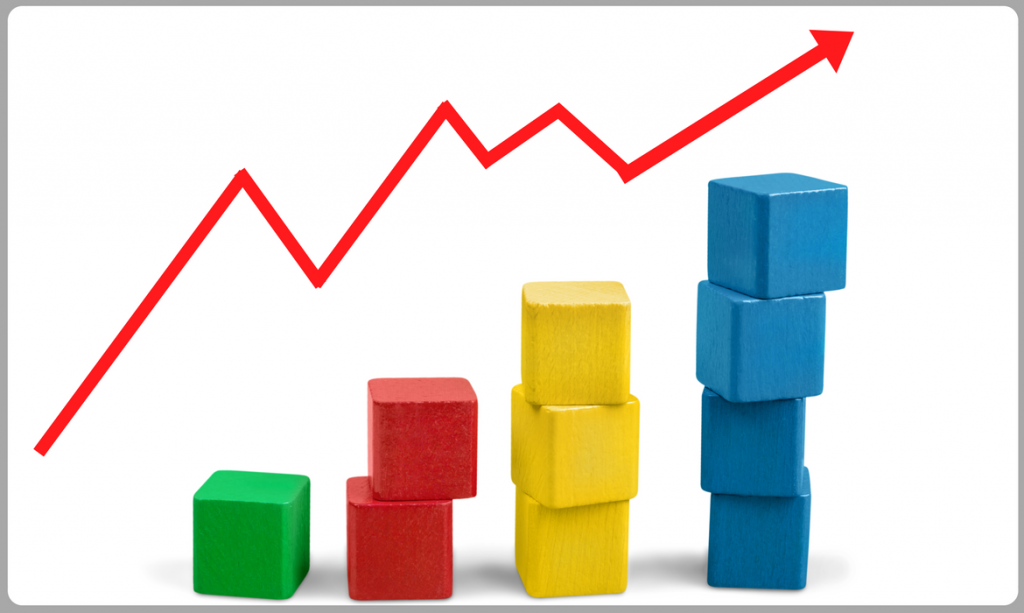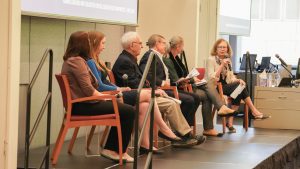Earlier this year, a paper by Drew Bailey, Greg Duncan, Candice Odgers, and Winnie Yu summarized studies finding that the academic advantages preschool education conferred disappeared over the early elementary grades. The paper generated considerable media attention, and could be misused politically as an excuse to reduce funding for preschool. This would be an unfortunate and incorrect conclusion to draw.
Fade out is not a new discovery. Many studies of early childhood interventions have found that the academic differences between the intervention and control groups are reduced, and sometimes eliminated, within a few years of the intervention. Taken as a whole, however, the research paints a much less dismal picture of the value of preschool than these authors provide. And even if effects of preschool do fade while children are in elementary school, is it reasonable to put all the blame on preschool, and none on what comes afterwards? Most importantly, to the degree that preschool fails to live up to its promise, the appropriate response is to make it better.
Regardless of whether we see the research glass half full or half empty on the question of sustainable effects, dismissing preschool does not address the huge inequality in young children’s access to an environment that could help provide a strong foundation for school. And there are many reasons to believe that preschool could have much more impact than it does. Its value as an investment should not be judged by its current impact, but by its potential.
The focus in the field of early childhood education has, until recently, been on the development of social skills and self-regulation. Now, academic skill development is being stressed, partly as the result of K-12 accountability moving downward and partly because research on teaching and learning has taught us that young children can and do enjoy and benefit from developing early literacy and math skills. Effective strategies for helping young children develop these skills have not yet been broadly implemented in preschools. When they are, the effects on academic skill development will be even stronger and more long-lasting.
To demonstrate both the short- and long-term impacts of effective teaching in preschool, we will need better assessment tools. Tools currently used assess the literacy and math skills that are easy to measure and can be quickly mastered in kindergarten. Children’s engagement in the cognitively demanding and engaging learning opportunities recommended by experts on teaching and learning should reveal the deeper and broader academic knowledge likely to lead to sustained academic benefits. For example, an emphasis on learning the letters of the alphabet and the letter sounds alone is less likely to lead to sustained academic gains than is an emphasis on deepening children’s vocabulary knowledge and ability to tell well-formed narratives. In mathematics, teaching children rote counting is less likely to lead to sustained gains than teaching them to productively engage in mathematical problem solving. Most preschool teachers are not trained to teach in this way, but even if these practices were commonplace, assessments used in evaluations of preschool would not capture their effects on learning.
The kind of teaching that will produce stronger and more long-lasting impact will require more effective and substantial training. States vary hugely in the training they require for preschool teachers. In some states, such as California, a preschool teacher can obtain a permit with as little as 24 community college units, and with no supervised practice teaching obligation. This level of training is not sufficient to make meaningful improvements in the quality of preschool and its long-term effects on children’s learning.
Also, is it reasonable or realistic to expect preschool for a year or two to do all the heavy lifting? If we want the effects of preschool to persist, we also need to look at what happens after children enter elementary school. Instruction in the early elementary grades is typically not well aligned with–and therefore does not make effective use of–the advantages high-quality preschool confers. Recent analyses of national data by Mimi Engel and her colleagues, for example, suggest that some of the math instruction children received in kindergarten repeats material many children had already mastered before they entered kindergarten. While this instruction could give the children who did not have the benefit of preschool an opportunity to catch up, it would not build on the gains other children made in preschool, and thus would not make good on the preschool investment. In addition, studies that improve kindergarten and first grade teaching–even a bit–show greater persistence of preschool benefits.
If we are serious about reducing the opportunity and achievement gaps, preschool is a significant tool in our tool box. Preschool is not enough, and no reputable researcher would claim that it is. The frequent evidence for fade out shows us that rather than give up on preschool, we need to redouble our efforts to improve the quality of learning that occurs in preschool settings and make sure that elementary schools build on those gains.



